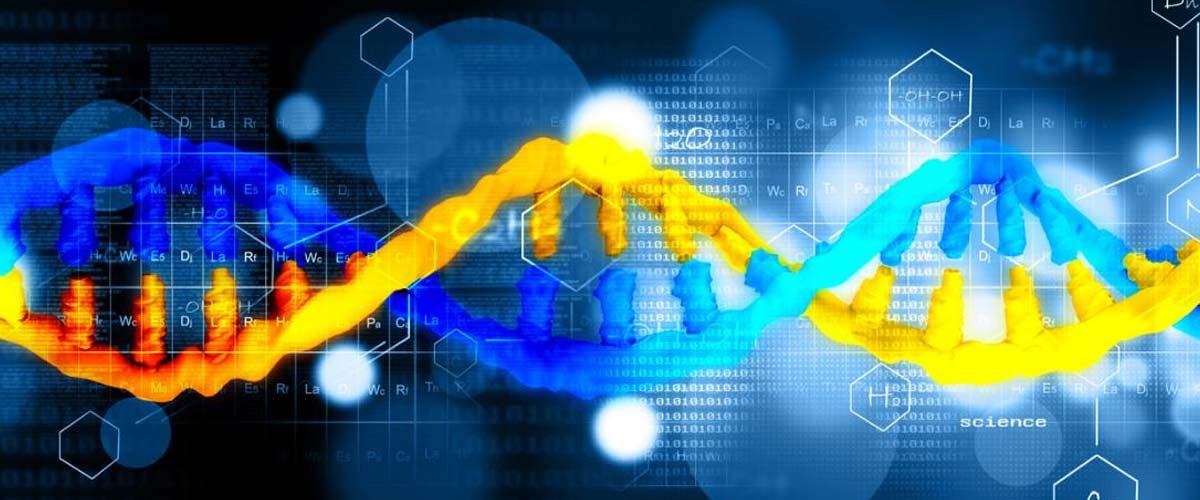For decades researchers had invested efforts to understand the functioning of altered genes. A recent study conducted in the Fred Hutchinson Cancer Research Center, Seattle, discovered a new gene functioning in the fruit fly. The corresponding author reported, “the new genes developing, instantly adapt to the cell environment due to the up-regulation of heterochromatin.”
Heterochromatin is the active piece of DNA that has the capacity to evolve. This ‘Junk DNA’ actively regulates cellular activities and locks up the defective genes to prevent harmful effects. Manyuan Long commented,“ the role of heterochromatin in gene evolution is an exceptional discovery in the field of genetics.”
The scientist has documented amazing evolutionary changes in genes that lead to new abilities for survival.
Such an example is of Drosophila fruit fly, which till today uncovers 30% new genes since its presence 30 million years ago. Malik’s team established more than 70 genes in a fruit fly that regulates the cellular gene to control essential functions such as flying better. Thus, Malik reported, “among essential genes, 67% were rapidly evolved compared 20% slow evolving.”
The study identified a new essential gene known as Nicknack, which was observed to regulate a protein’s binding to control heterochromatin functions. Thus, to learn the mechanism of action, Malik swapped the genes with D. simulans to expect no change due to similar species.
However, to Malik’s astonishment, the female flies survived the swap compared to the males leading to the concept that the Y chromosomes are directly linked with Nicknack genes. Thus, Malik suggested, “the Nicknack gene of each Y chromosomes-specie has continuously evolved since 2.5 million years.” In this way, the rapidly evolving heterochromatin enables the sustenance and adaptation of these species to the ever-changing environment.

The study establishes a guideline for future studies to prove the significance and role of the newly discovered junk DNA in evolution.
















Add comment